Chipotle Chile: A Smoky, Spicy Twist on Your Favorite Dishes
Ever wondered what makes that smoky, spicy flavor in your favorite Mexican dishes? The answer lies in the chipotle chile. If you're new to the world of spices or just looking to expand your culinary repertoire, this guide will take you through everything you need to know about chipotle chiles. From their origin and flavor profile to how to use them in your cooking, we've got it all covered.
Table of Contents
- What Is a Chipotle Chile?
- The Flavor Profile of Chipotle Chile
- Types of Chipotle Chiles
- How to Use Chipotle Chile in Cooking
- Buying Guide for Chipotle Chile
- Practical Tips for Working with Chipotle Chile
- Conclusion
What Is a Chipotle Chile?
A chipotle chile is a type of chili pepper that has been dried and smoked. It starts as a ripe, red jalapeño pepper that’s then dried over an open flame or in a smoker. This process gives it its signature smoky flavor and deep, rich color. Chipotles are commonly used in Mexican cuisine, especially in salsas, sauces, and stews like adobo, which is a popular sauce made from chipotles, vinegar, garlic, and other seasonings.
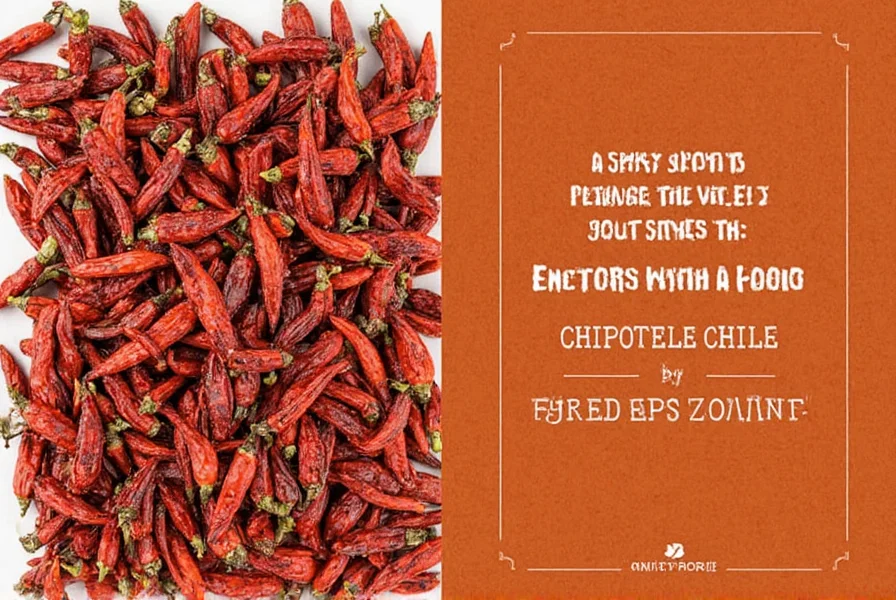
Unlike fresh jalapeños, which have a mild heat level, chipotles can range from medium to hot, depending on the variety and how they’re prepared. They add a complex layer of flavor to any dish, making them a favorite among chefs and home cooks alike.
The Flavor Profile of Chipotle Chile
One of the most distinctive things about chipotle chiles is their unique combination of smoke, spice, and tanginess. The smokiness comes from the drying and smoking process, while the heat is a result of the capsaicin found in the peppers. Many people describe the flavor as earthy, slightly sweet, and full-bodied.
Here’s a quick comparison of chipotle chiles with other common chili peppers:
| Chili Pepper | Flavor Profile | Heat Level |
|---|---|---|
| Chipotle | Smoky, tangy, slightly sweet | Medium to Hot |
| Jalapeño | Mild, grassy, slightly spicy | Mild to Medium |
| Ghost Pepper | Extremely spicy, with a hint of sweetness | Very Hot |
| Ancho | Earthy, sweet, mellow | Mild to Medium |
This table shows how chipotle stands out with its smoky and tangy characteristics, making it a versatile ingredient for both beginners and experienced cooks.
Types of Chipotle Chiles
While chipotle chiles are typically made from jalapeños, there are different varieties based on the preparation method and region of origin. Here are some common types:
- Chipotle in Adobo Sauce: These are the most common and widely available. They come in a canned sauce made from vinegar, garlic, and other spices. Perfect for adding flavor to tacos, soups, and marinades.
- Dried Chipotles: These are raw, uncooked chipotles that need to be rehydrated before use. They offer a more intense smoky flavor and are great for making homemade adobo or spice blends.
- Chipotle Powder: Made by grinding dried chipotles into a fine powder, this is ideal for seasoning meats, vegetables, and even popcorn. It's a convenient way to add smoky heat without the hassle of rehydrating whole peppers.
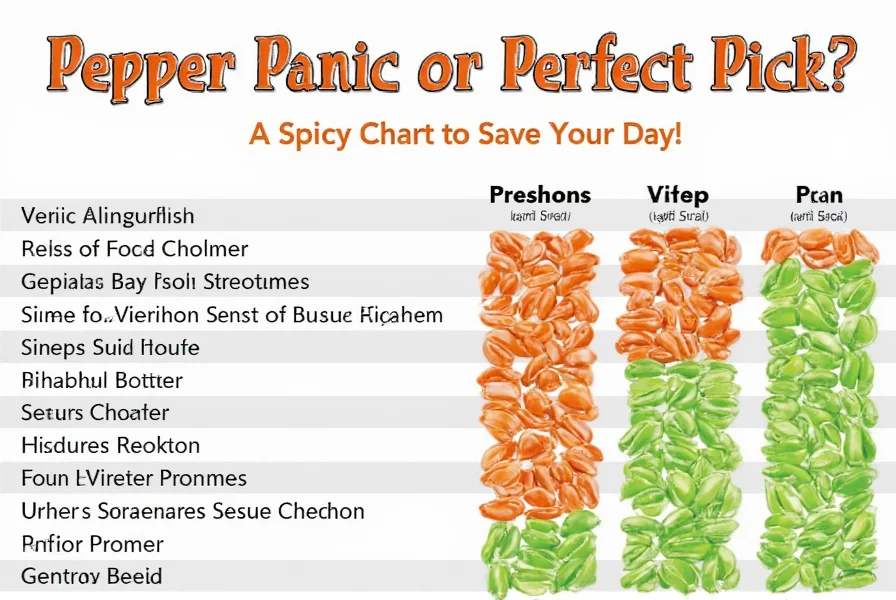

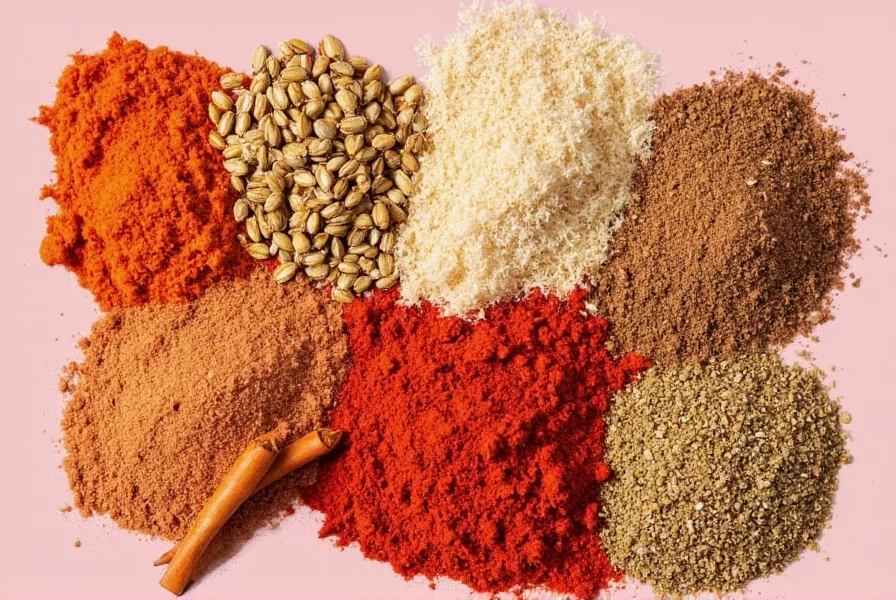
How to Use Chipotle Chile in Cooking
Chipotle chiles are incredibly versatile and can be used in a wide range of dishes. Here are a few popular ways to incorporate them into your meals:
- Adobo Sauce: Use the sauce from canned chipotles to make a delicious dip, glaze, or marinade. It’s perfect for grilled meats, roasted vegetables, or even as a base for a spicy aioli.
- Chipotle Paste: Blend rehydrated chipotles with oil, garlic, and lime juice to create a paste that can be added to soups, stews, or even cocktails for a smoky kick.
- Chipotle Rubs: Mix chipotle powder with paprika, cumin, and other spices to create a flavorful rub for chicken, pork, or fish. It adds depth and a subtle heat that complements grilled or baked dishes.
- Chipotle Salsa: Combine chopped chipotles with tomatoes, onions, cilantro, and lime for a smoky, spicy salsa that pairs well with chips, tacos, or grilled corn.
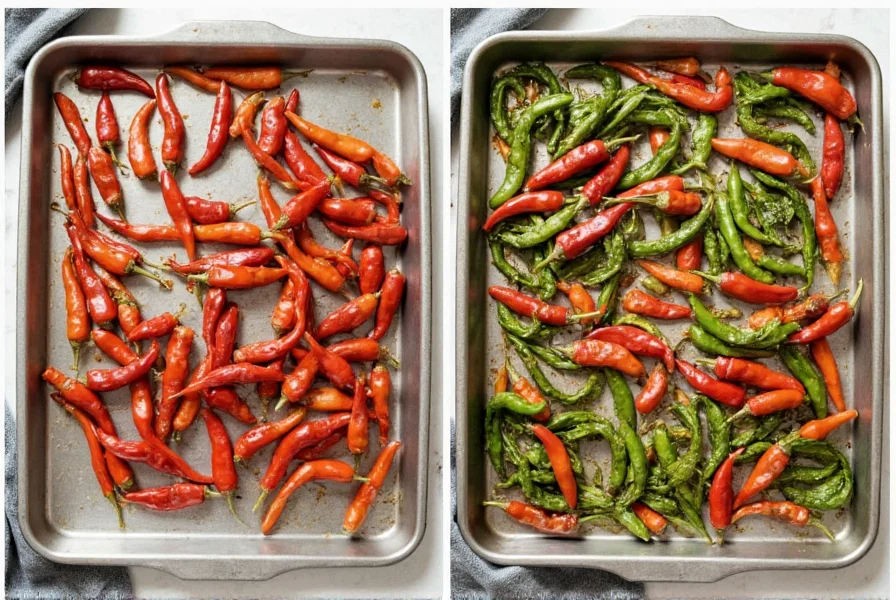
Buying Guide for Chipotle Chile
If you're ready to try chipotle chiles, here are some tips to help you choose the right product:
Types of Products
- Canned Chipotles in Adobo: These are the easiest to find and use. They come pre-seasoned and ready to go, making them ideal for beginners. Look for brands like Las Palmas or Trader Joe’s.
- Dried Chipotles: These require a bit more work but offer a deeper, smokier flavor. They are best suited for those who enjoy experimenting with recipes. Brands like Penzeys or McCormick offer high-quality dried options.
- Chipotle Powder: Great for convenience and versatility. It can be used in a variety of dishes, from meat rubs to spice blends. Bob’s Red Mill and Kirkland Signature are popular choices.
Key Features to Consider
- Origin: Chipotles are traditionally made from jalapeños grown in Mexico, particularly in the state of Puebla. Look for products that specify the origin for authenticity.
- Quality: High-quality chipotles should have a deep red color and a firm texture. Avoid any that look dry, brittle, or discolored.
- Flavor: The best chipotles will have a strong smoky aroma and a balanced heat level. Don’t be afraid to taste a small amount before purchasing.
Use Cases & Target Audience
- Cooking Enthusiasts: Ideal for those who love experimenting with bold flavors and want to elevate their dishes with a smoky twist.
- Mexican Cuisine Lovers: Perfect for recreating traditional recipes like mole, enchiladas, or tacos al pastor.
- Home Chefs: Great for anyone looking to add a unique spice to their cooking without too much effort.
Suitable Occasions
- Weeknight Meals: Quick and easy to use, chipotles can transform a simple dish into something special.
- Weekend Brunches: Add a smoky kick to eggs, avocado toast, or breakfast burritos.
- Festive Gatherings: Use chipotle-based salsas and dips to impress guests at parties or family dinners.
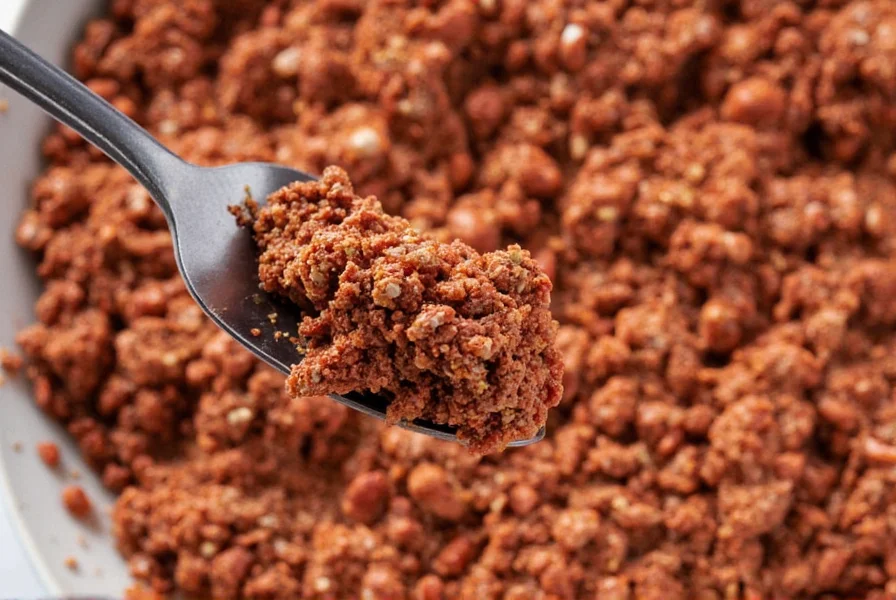
Practical Tips for Working with Chipotle Chile
Whether you're using canned chipotles, dried peppers, or chipotle powder, these tips will help you get the most out of your ingredients:
- Start Small: Chipotle can be quite spicy, so begin with a small amount and adjust to your taste.
- Rehydrate Dried Chipotles: Soak them in warm water for 15–20 minutes before blending or chopping to restore their texture.
- Store Properly: Keep dried chipotles in an airtight container in a cool, dark place. Canned chipotles should be refrigerated after opening.
- Use Fresh Ingredients: When making your own adobo or salsa, pair chipotles with fresh tomatoes, onions, and herbs for the best flavor.
- Experiment with Pairings: Chipotle works well with citrus, garlic, and vinegar. Try adding a squeeze of lime or a splash of apple cider vinegar to balance the heat.
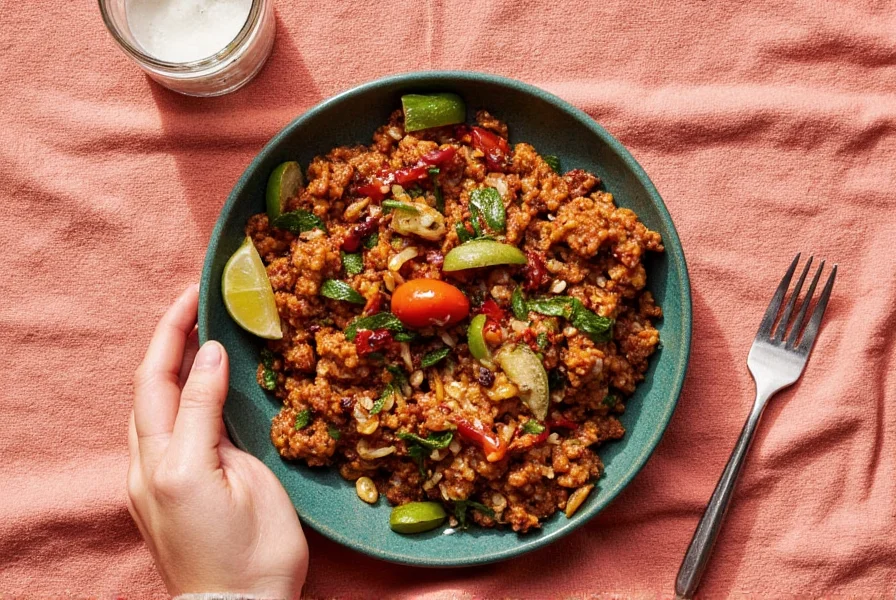
Conclusion
The chipotle chile is more than just a spicy ingredient—it’s a flavor powerhouse that brings smokiness, depth, and complexity to any dish. Whether you're a seasoned chef or a curious food lover, understanding what a chipotle chile is and how to use it can elevate your cooking in unexpected ways. With the right tools and techniques, you can unlock a whole new world of flavor and creativity in your kitchen.
So next time you see a can of chipotles in the pantry, remember: it's not just a pepper—it's a gateway to bold, smoky, and unforgettable taste experiences.










 浙公网安备
33010002000092号
浙公网安备
33010002000092号 浙B2-20120091-4
浙B2-20120091-4